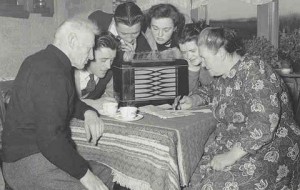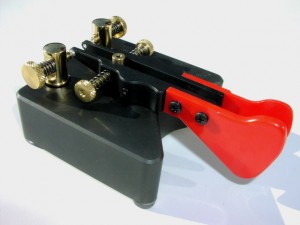 It is a rare occurrence when so much attention is given to the topic of international broadcasting. Financial hardship combined with a rapidly changing media landscape set a stage where broadcasters are being forced to a precipice of change. How well they quickly evaluate restructuring their message and the medium they use to deliver it could very well determine the future of broadcasting on the shortwaves.
It is a rare occurrence when so much attention is given to the topic of international broadcasting. Financial hardship combined with a rapidly changing media landscape set a stage where broadcasters are being forced to a precipice of change. How well they quickly evaluate restructuring their message and the medium they use to deliver it could very well determine the future of broadcasting on the shortwaves.
This issue of Public Diplomacy Magazine covers the scope.
(From: RNW Media Network)
PD Magazine, Summer 2011 of the University of Southern California Center on Public Diplomacy, is devoted to international broadcasting. Its contents include:
- Alan Heil, “VOA and BBC at a Crossroads”
- Shawn Powers, “R.I.P., Broadcasting”
- Philip Seib, “Al Jazeera English in Focus”
- Oliver Zollner, “International Broadcasting in the Social Network Era”
- Interviews with former members of the Broadcasting Board of Governors James Glassman and Ted Kaufman and current members Michael Meehan and S. Enders Wimbush
- Philip Wang, “Transformation of Radio Taiwan International”
- Alex Oliver and Annmaree O’Keefe, “Struggling to be Heard: Australia’s International Broadcasters Fight for a Voice in the Region”
- Kim Andrew Elliott, “In International Broadcasting, Even the Static Must be Credible”
Also available is the pdf version.
Thanks to RNW Media Network, Kim Andrew Elliot and Richard Cuff for the tip.






